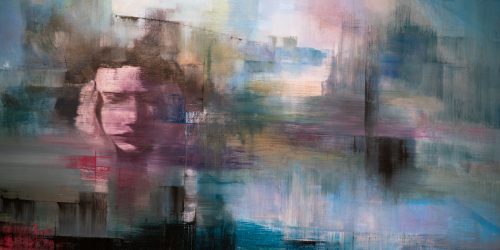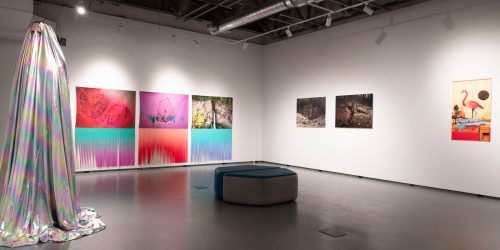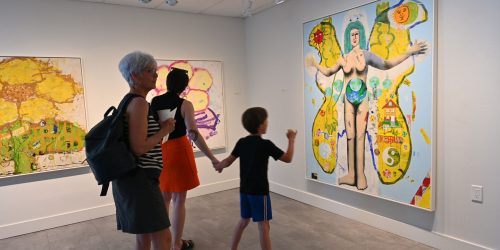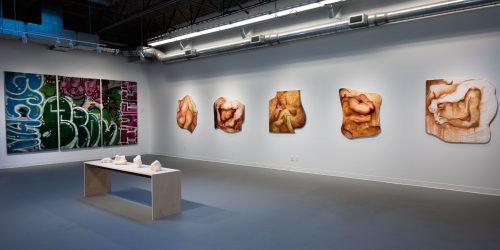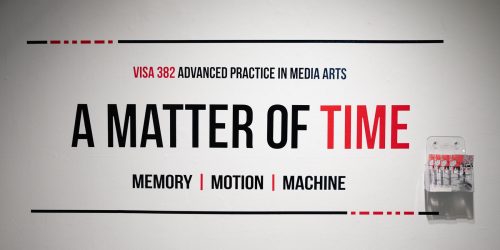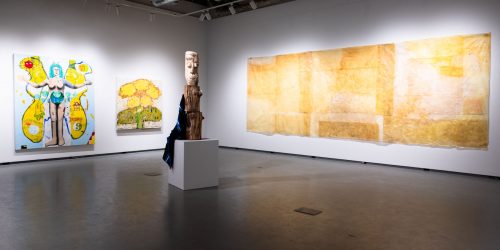Ephemeral Bodies
Ephemeral Bodies VISA-582 & 583 November 20-27, 2025 FINA Gallery, UBCO There’s something unique about the body. It absorbs. It senses. It glows. Although this exhibition wasn’t specifically curated around themes of the body, the idea has naturally emerged through the recent works of UBCO VISA Graduate students. The paintings, video installations, sculpture and digital media works presented in Ephemeral...

 Follow
Follow
